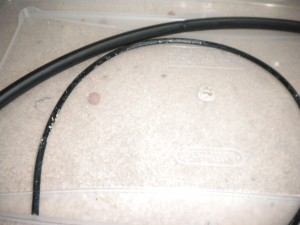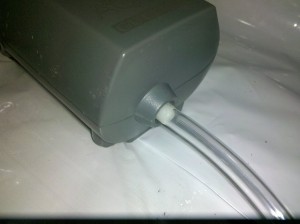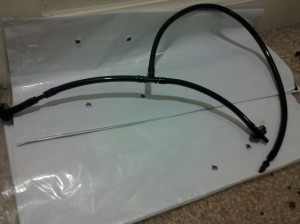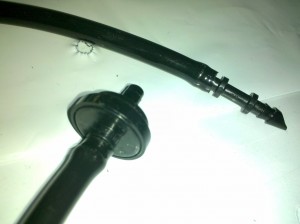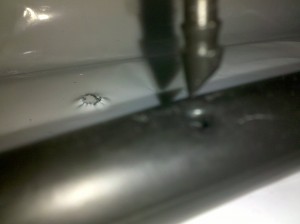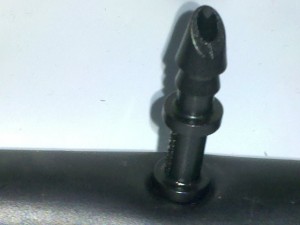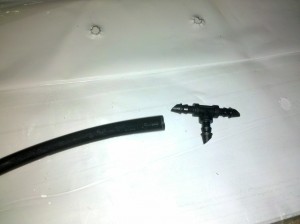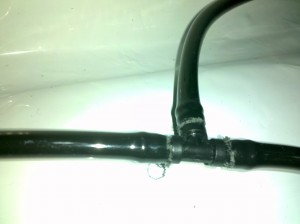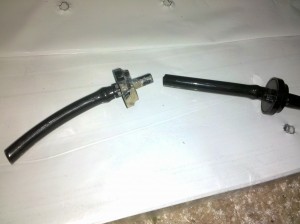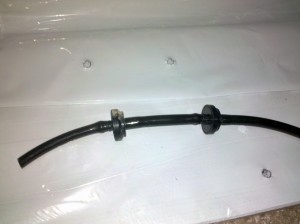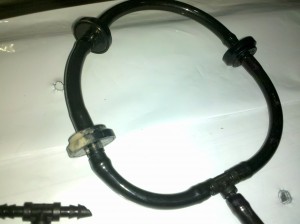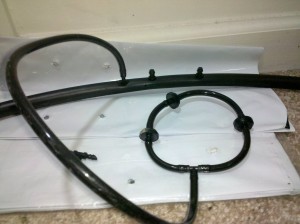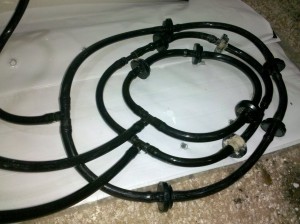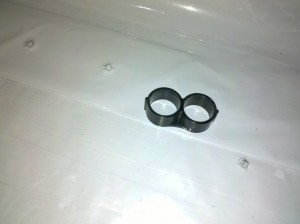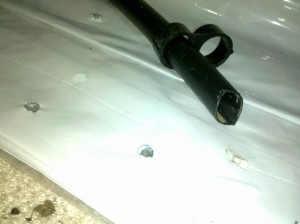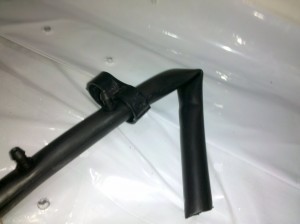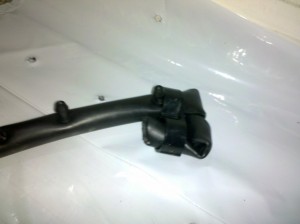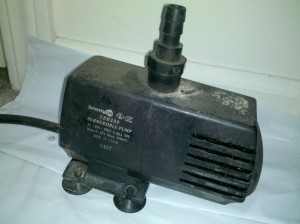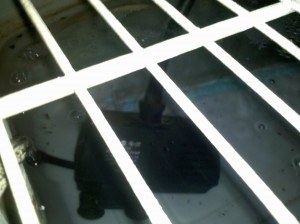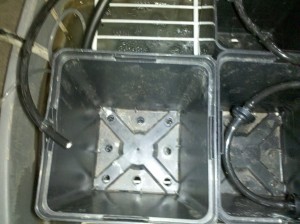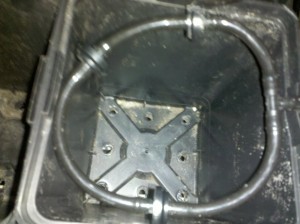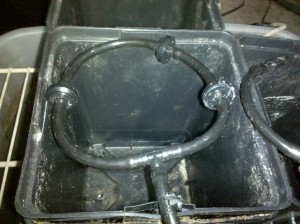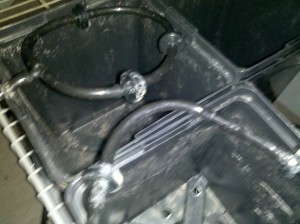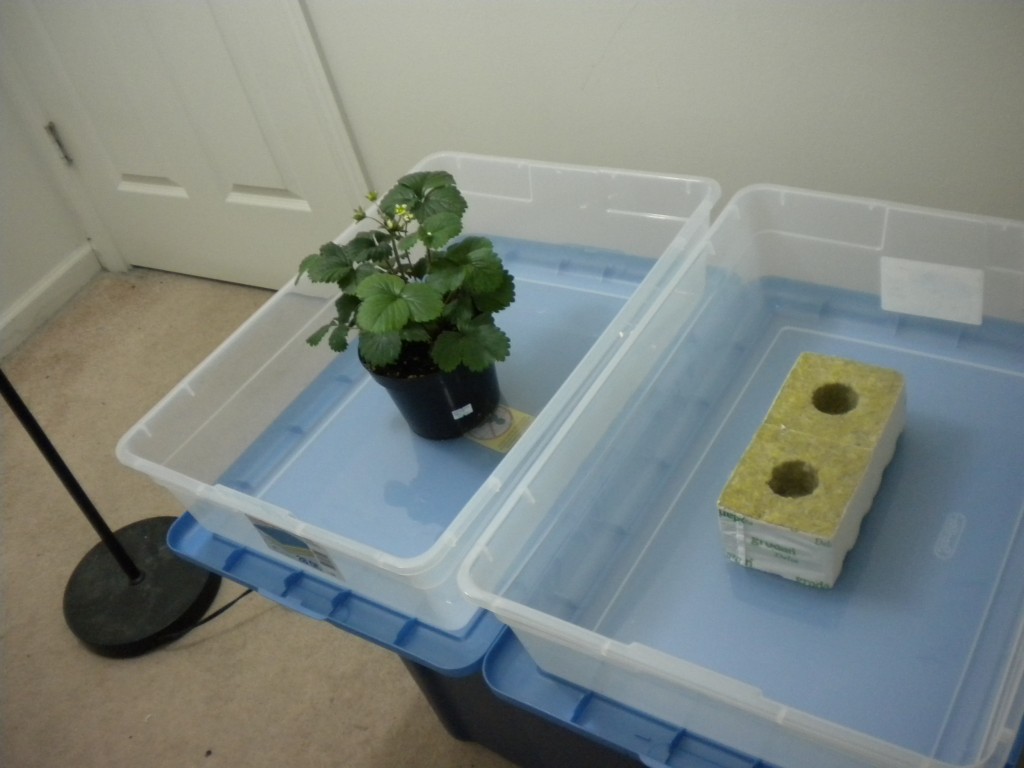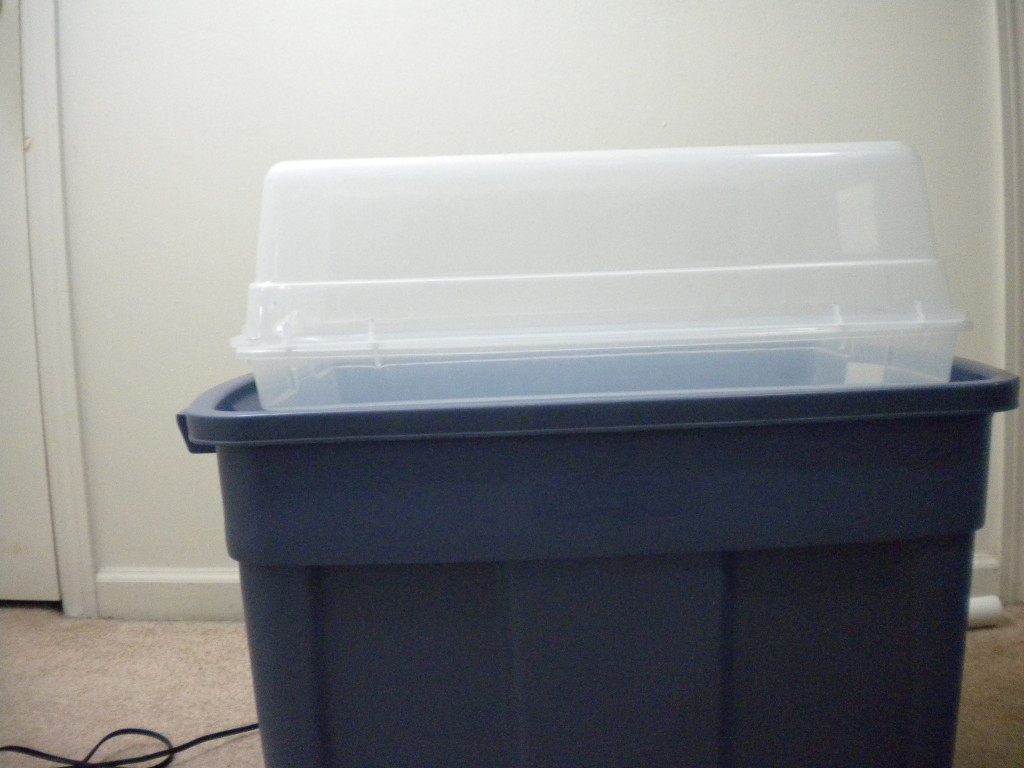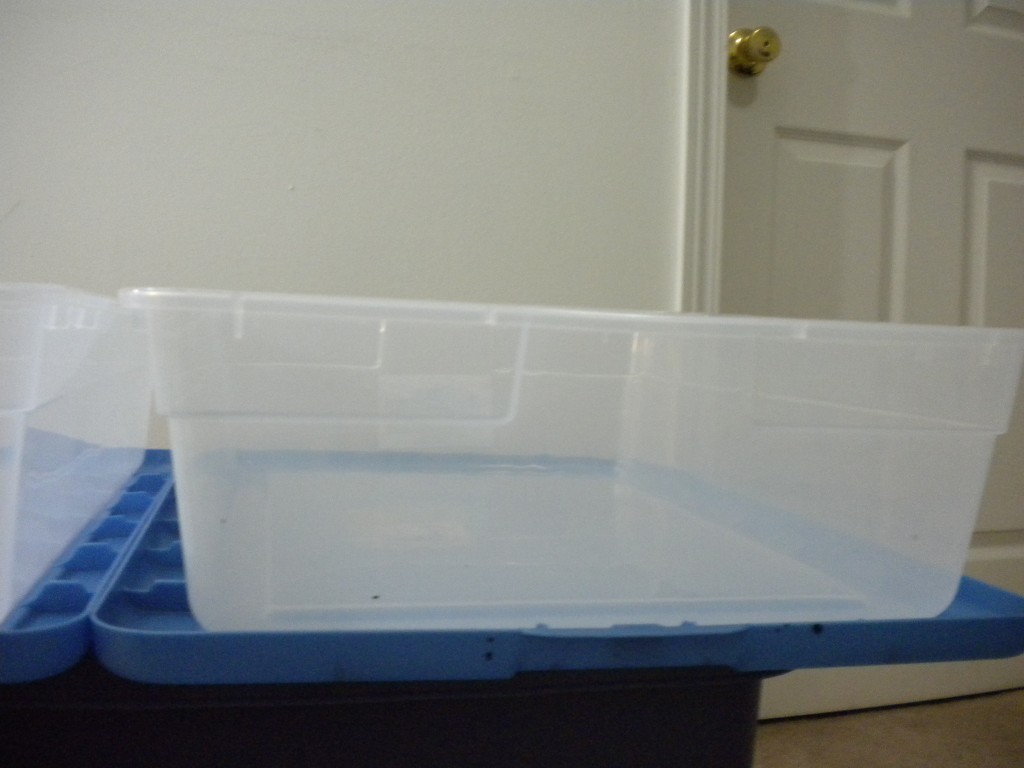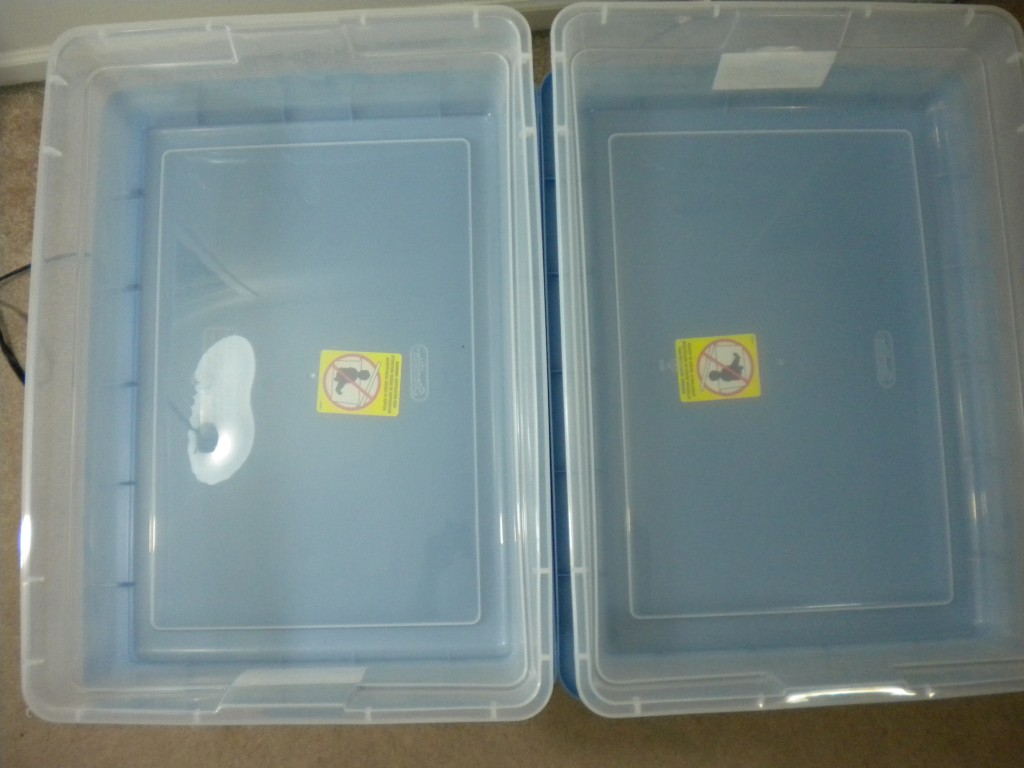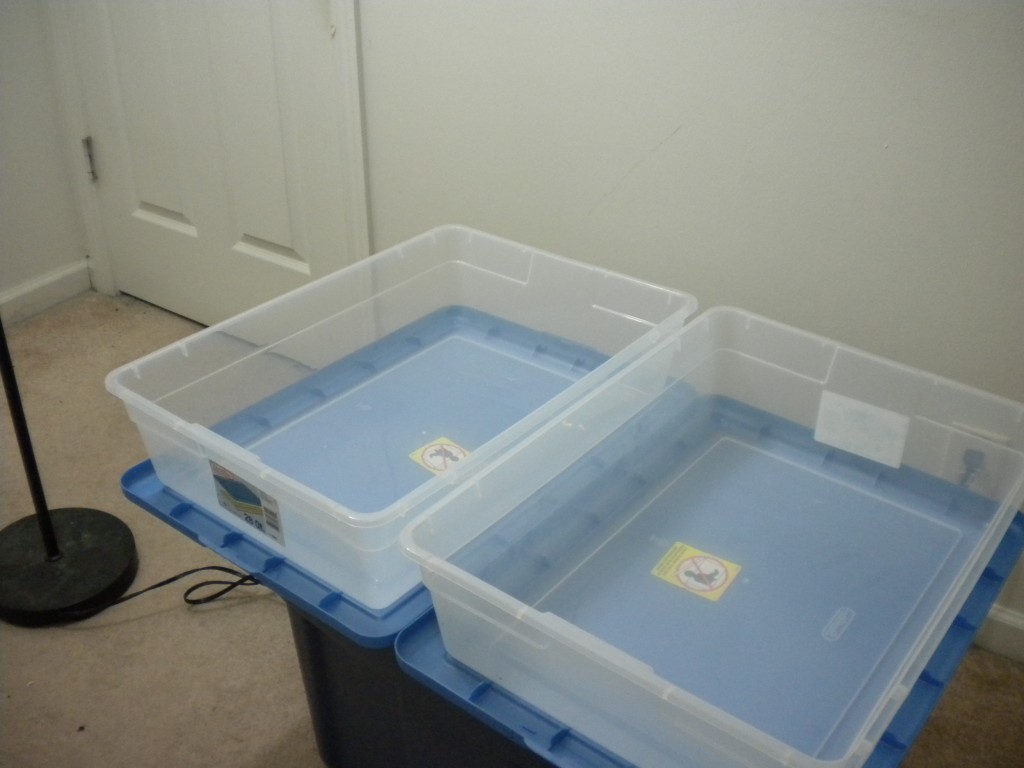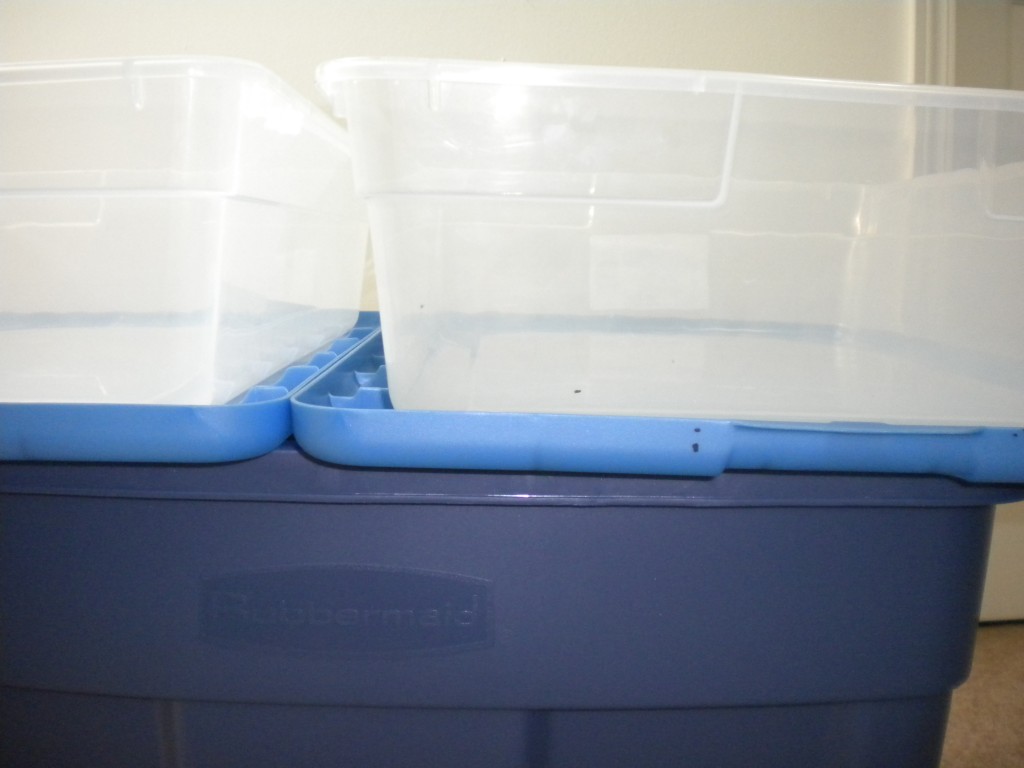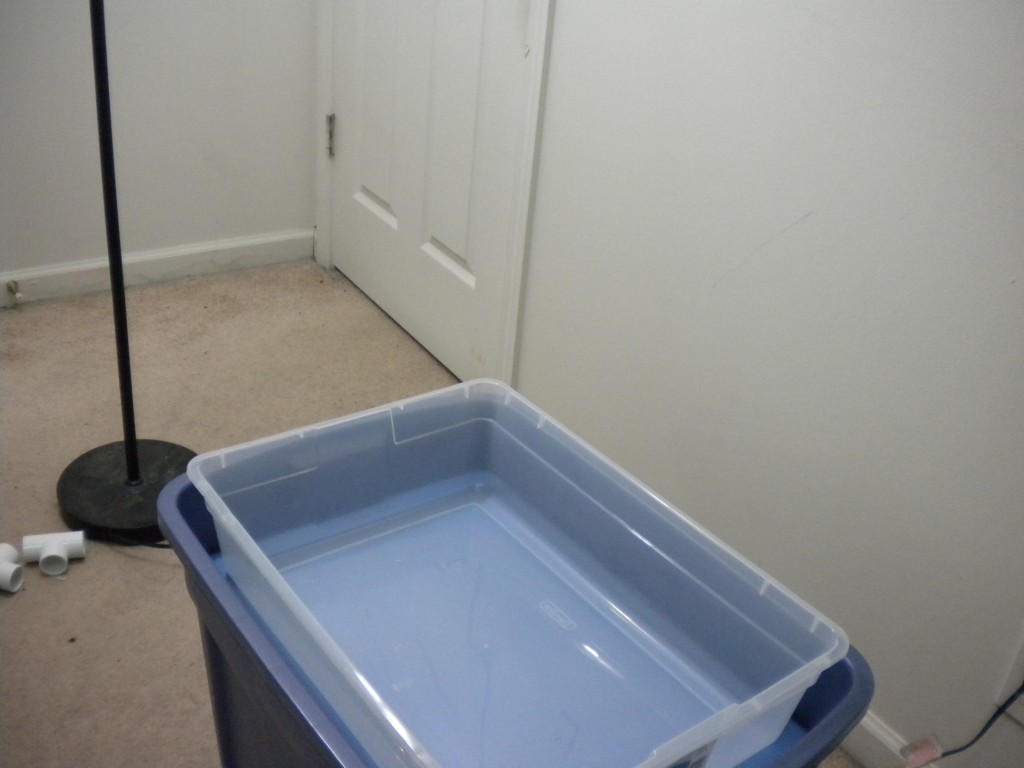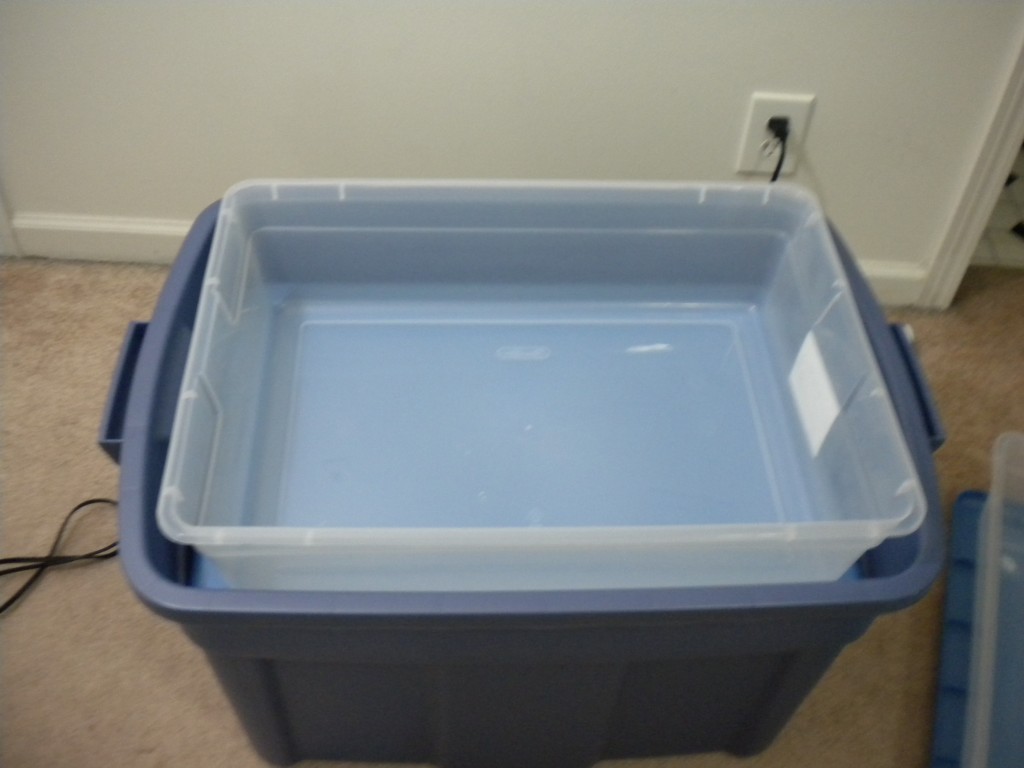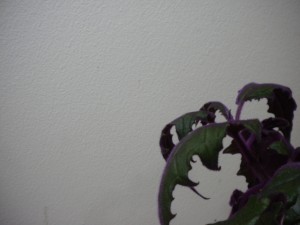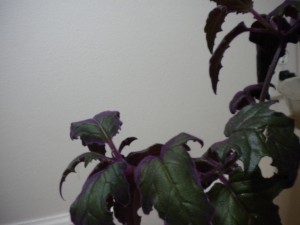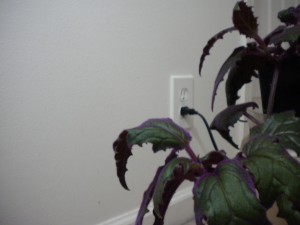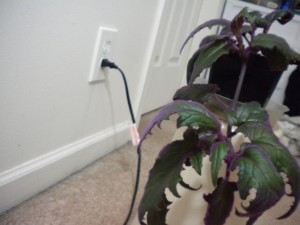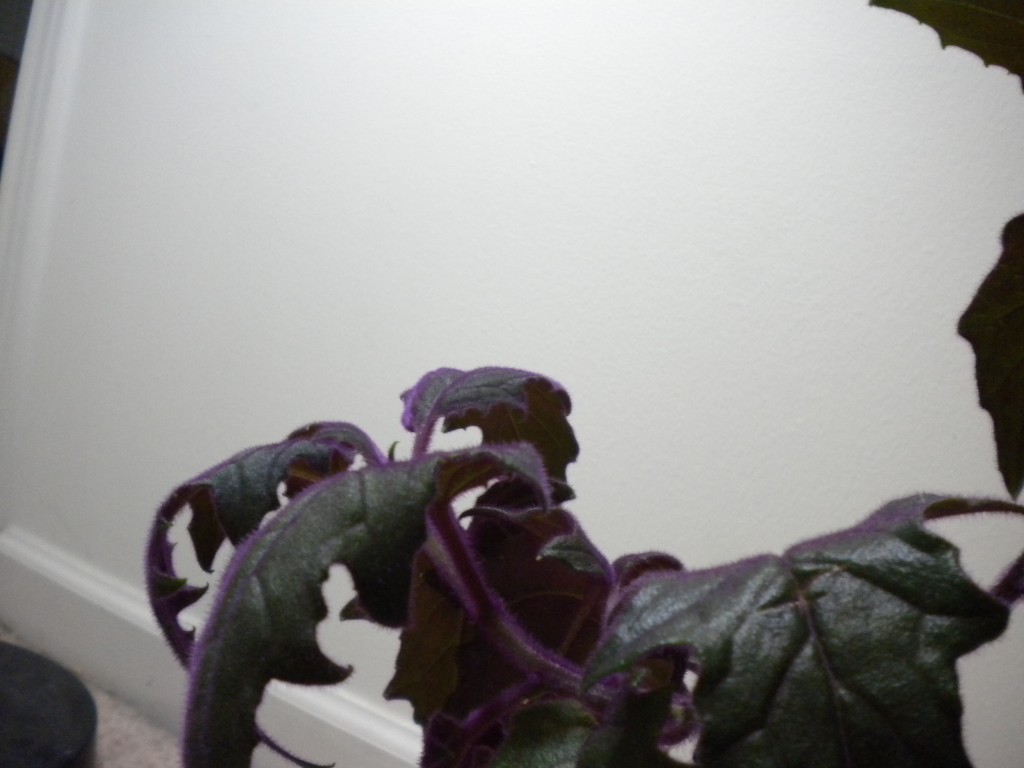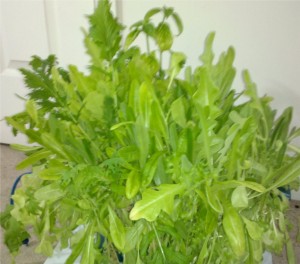
Why should you use hydroponics to increase your yields? The same reason you started a garden! If you have ever had a successful harvest, you know the feeling I’m talking about. Some growers are discouraged by organic fertilizers when it comes to hydroponic gardens. Fear not growers, water soluble organic fertilizers are available online and at local hydroponics shops. Some greens can even be grown using tiny amounts of fertilizers. Basils, lettuce, mesclun, and other leafy plants can be grown organically in hydroponics system with very little fertilizer.
Organic indoor gardens can be maximized with the use of hydroponics. Organic hydroponic systems are like normal hydroponic gardens, but with a little more care to detail and quality.
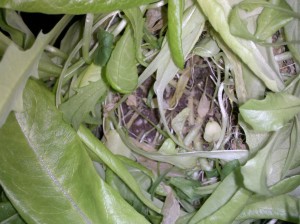
The salad mix in the picture was started in a jiffy pot full of soil. When the seeds sprouted, the jiffy pots were put into a mini DWC system. The roots grew through the soil and into the DWC environment. There was explosive root growth when the roots entered the high humidity environment.
The salad grew very fast under simple CFL lighting. Small hydro setups can produce big results with the right knowledge.

